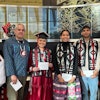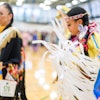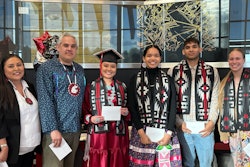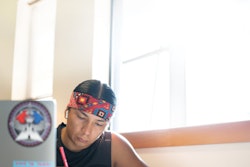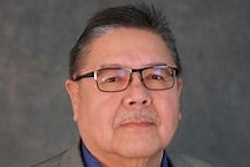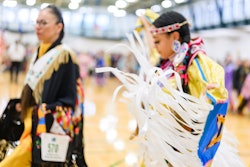At the 7th annual Tribal Nations Conference, President Barack Obama changed the script. Instead of standing behind a podium to address the assembled leaders of the nation’s 567 federally recognized tribes, as he has done in years past, he spent most of his time on stage seated and in conversation with five high school and college age American Indian youth.
Throughout his administration, Obama has shown a degree of interest in tribal communities that sets him apart from the presidents that precede him. Most recently, he traveled to native lands in Alaska, and visited Standing Rock Sioux Reservation with First Lady Michelle Obama in June 2014.
Prior to Obama, the most recent sitting president to appear in tribal lands was Clinton, in 2000 at Shiprock and 1999 at Pine Ridge. Before him, the last president to make an official visit to Indian country was Franklin Roosevelt.
The Tribal Nations Conference is the result of what the White House characterizes as a goal of strengthening the “nation to nation” relationship between sovereign tribes and the president. Under the Obama administration, the Tribal Nations Conference has brought the leaders of the federally recognized tribes to Washington each year for the past seven years. The last time a president held such a gathering was Clinton, in 1994.
“[Obama’s interest in tribal communities] has been more than lip service. There have been actual things put into place through his administration,” Glen Gobin, vice chairman of the Tulalip Tribes of Washington State, told Diverse.
In a number of the policies he has promoted, and during his official visits to Indian country such as the one to Standing Rock, Obama has consistently expressed a desire to improve the educational opportunities available to Native American and Alaska Native youth. His message was no different at the Tribal Nations Conference in Washington, D.C., on Thursday.
“When we talk about the future of Indian country, we’re really talking about the future of young people,” he told the crowd of tribal leaders, Native American youth, and senior administration officials.
